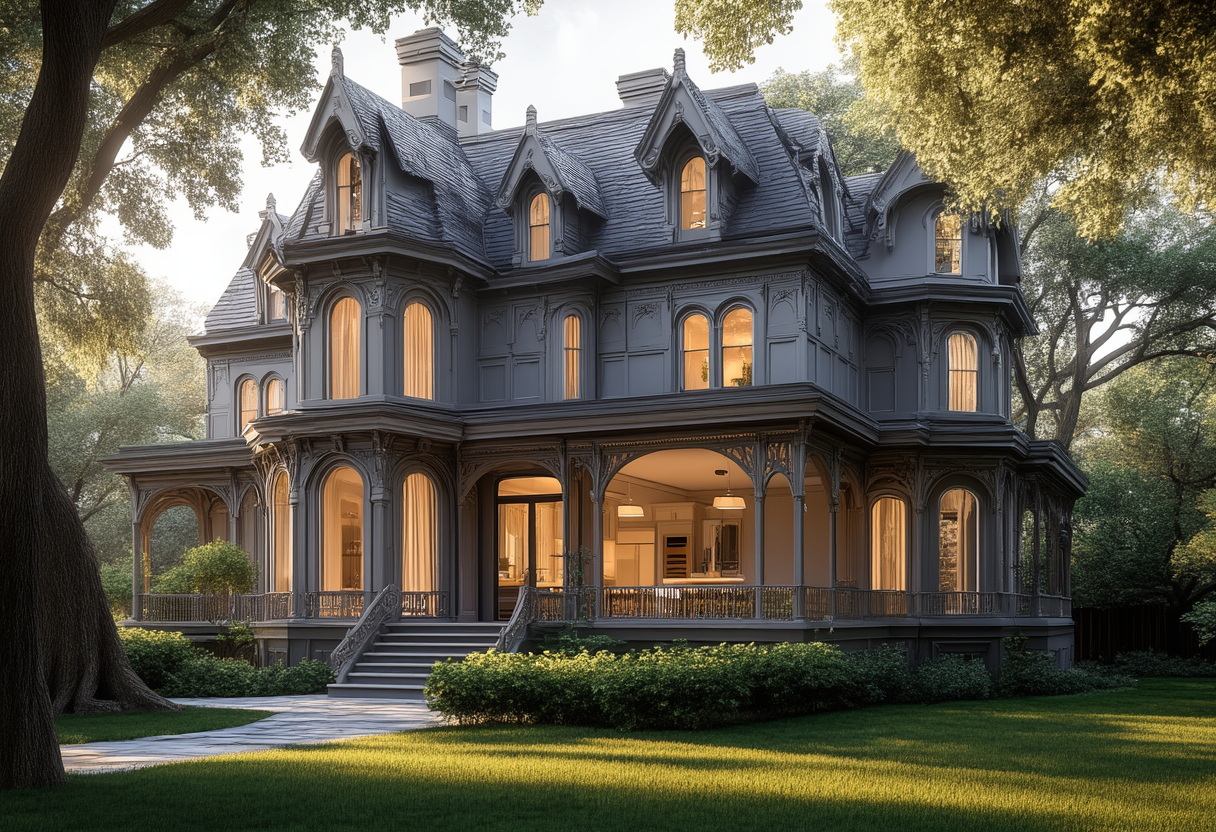Transforming the Past: Embracing Historic Home Remodels for Modern Living
Historic home remodels combine the charm of timeless architecture with modern functionality. This guide explores the intricacies of recreating spaces that maintain their historical essence while incorporating contemporary amenities. From technology upgrades to sustainable practices, discover the potential of revitalizing these treasured homes without compromising their unique character.
Understanding Historic Home Remodel
The concept of a Historic Home Remodel is not just about making improvements; it’s about preserving history while adapting to contemporary needs. Homeowners often engage in remodeling projects for various reasons, ranging from enhanced comfort to better energy efficiency. One of the main attractions of historic homes is their unique character and charm, which can be highlighted through thoughtful renovations. However, it is crucial to maintain the original architectural integrity during these transformations. This requires a deep understanding of the style and period of the home. Historic Home Remodel projects can bring to light forgotten beauty, creating space that is both functional and historically rich.
Modern Amenities in Historic Settings
Integrating modern amenities within historic structures creates a unique juxtaposition. When planning a Historic Home Remodel, homeowners should prioritize modern comforts while respecting the traditional aesthetics. This often involves discreetly installing updated plumbing, electrical systems, and insulation while keeping the original windows and moldings intact. Strategies such as underfloor heating or solar panels can be utilized to enhance energy efficiency without altering the home’s facade. Such thoughtful integration ensures that the Historic Home Remodel does not sacrifice comfort for authenticity, leading to a more sustainable living environment.
Impact on Community and Culture
The significance of a Historic Home Remodel extends beyond just individual homes; it impacts community identity and cultural heritage. By choosing to restore and remodel historic properties, owners contribute to preserving local history and supporting the aesthetic cohesiveness of neighborhoods. This can enhance property values and attract tourism, fostering economic growth. Additionally, engaging in such projects can inspire surrounding homeowners to consider their own renovations, creating a ripple effect that rejuvenates the overall community aesthetic. The very act of investing in a Historic Home Remodel embodies a commitment to communal heritage and forward-thinking sustainability.
Challenges in Remodeling Historic Homes
While the allure of a Historic Home Remodel is undeniable, remodelers often face unique challenges. Regulations regarding historical preservation can limit the scope of renovations, requiring permits and adherence to specific guidelines. Understanding these regulations is vital for a successful project. Furthermore, sourcing authentic materials can be challenging and costly. Homeowners must also contend with potential structural issues hidden behind outdated systems. Despite these challenges, the end result—a beautifully remodeled home that honors its history—is often worth the effort, making the journey profoundly fulfilling.
Preserving Aesthetic Value
Balancing modern needs with the preservation of aesthetic value in a Historic Home Remodel is essential. Careful planning is required to ensure that upgrades blend seamlessly with existing features. Elements such as trim, molding, and original flooring should guide the design choices to maintain an authentic feel. Utilizing color schemes and materials that complement the era of the home can enhance its character. By valuing architectural details and original craftsmanship, remodelers can respect the past while ensuring these homes remain livable for future generations.
Future-Proofing Historic Homes
As we remodel historic homes, the future demand for energy efficiency and sustainability becomes clearer. A Historic Home Remodel opens opportunities to incorporate smart home technology subtly. Implementing eco-friendly solutions such as green roofing systems, sustainable materials, and energy-efficient appliances ensures that these homes not only preserve history but also contribute positively to the environment. By focusing on innovative materials and technologies during remodeling, homeowners are future-proofing their residences. Such foresight guarantees that these homes will continue to inspire and accommodate evolving lifestyle needs.
